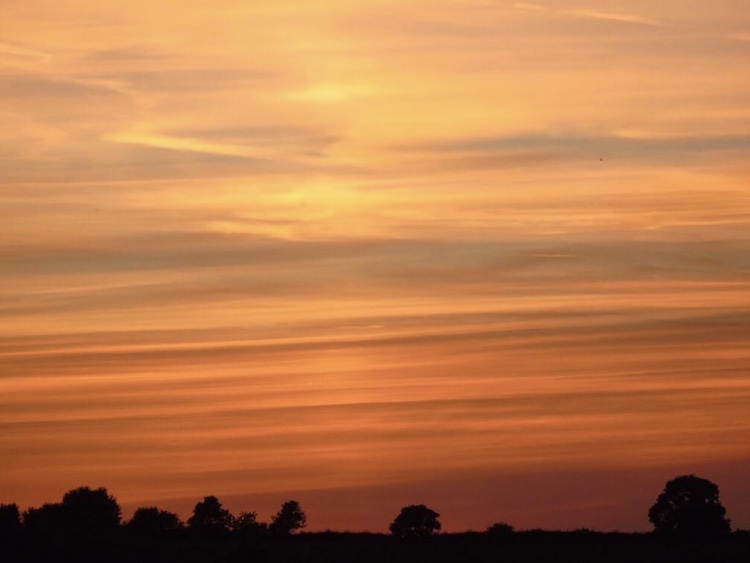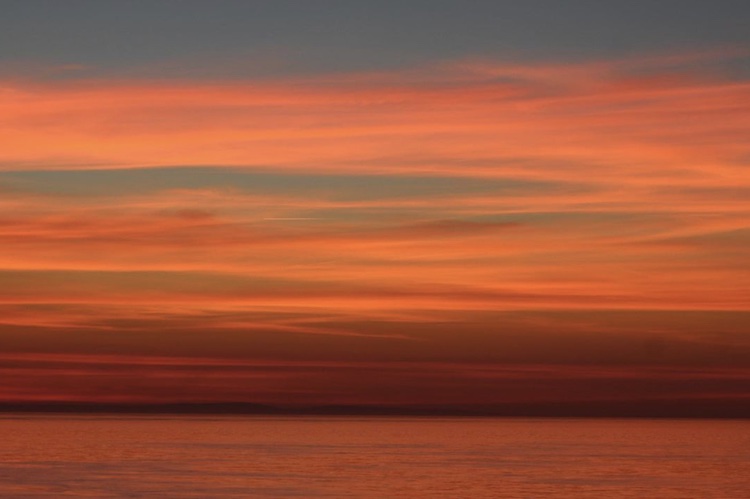Education
How to create incredible sunset photography
By Saxon Bosworth - 4 min read
Summer months mean longer days and gorgeous sunsets. Use these tips to make sure you capture them beautifully.
The celebrated Belgian astronomer, physician, and author, Marcel Minnaert wrote extensively about the science of colours in the sky, or as he described it the “poetry of nature’s moods”. Minnaert noted that sunrise and sunset are phenomena observable in everyday life and that we can refine our sense of beauty should we, “Only touch our eyes with the magic wand called knowing what to look for”.
In this article I will share some of my learnings and observations. I hope these insights offer you some food for thought as you navigate through your own creative journey.
In the words of photographer Court Whelan, “You can’t take a bad photo of a sunset, but you can take a really, really good one”.
5 steps to better sunrise and sunset photography
1. Take advantage of the golden and blue hours
Lighting dictates tone, mood, and atmosphere, it is in control of the texture and vibrancy of colours. Sunrise and sunset create fleeting lighting conditions, environments that only exist in that specific way in that moment. This enables a photographer to capture more unique, one-of-a-kind images, referred to as “moment creation”.
In sunrise and sunset photography there are two specific chapters that are particularly admired, golden hour and blue hour. You may want to consider the different personalities of these windows and keep in mind how they will influence your images.

Image by Saxon Bosworth
Golden hour, also known as “magic hour”, is the period just after sunrise and just before sunset where the light is particularly red and soft. This is the most prominent phase of lighting which is particularly popular among photographers and cinematographers.
Blue hour is a short window of twilight where the sun is at a significant depth below the horizon. During this period, the sunlight that remains holds an intense, dramatic blue shade.

Image by Saxon Bosworth
2. Remember that cleaner skies = brighter sunsets
Author, Stephen F. Corfidi, discusses the role of pollution in colourful skies in his book, The Colors of Sunset and Twilight. Corfidi reports that from a scientific perspective, despite some misconceptions, heavily urbanised areas are not the best place to find the most vivid colours at sunrise and sunset.

Image by Saxon Bosworth
Small solid suspended particles in the lower atmosphere, known as tropospheric aerosols, impede light during sunrise and sunset. “Tropospheric aerosols, when present in abundance in the lower atmosphere as they often are over urban and continental areas, do not enhance sky colours, they subdue them. Clean air is, in fact, the main ingredient common to brightly coloured sunrises and sunsets.”
3. Clouds are your friend
For many, the sight of clouds may be a disparaging sign. Fear not! In the words of photographer, 𝐕𝐢𝐠𝐧𝐢𝐫 𝐒𝐧æ𝐫, “Chase the most beautiful clouds they will give you the greatest happiness!”
Clouds are essential actors in this theatre performance. Sunrise or sunset in a cloudless sky can create dramatic lighting conditions. However, if you are looking for the array of vivid colour some level of cloud coverage is crucial.

Image by Saxon Bosworth
What is important to remember here is that it is the higher altitude clouds, mainly cirrus and altocumulus layers that are those most likely to display the more brilliant colour tones. This is because they sit at altitudes high enough to avoid interference. This point you may find even more pronounced in urban areas, where the lower atmosphere has a greater concentration of dust and haze.
4. Technology can track the sun’s movements - use it!
You might, like me, enjoy the charming spontaneity of not knowing exactly what the weather will serve up. Alternatively, you might be looking for more assurance, especially if you are organising an important shoot with a specific purpose.

Image by Saxon Bosworth
This is a point to particularly take into consideration if you are travelling and are not fully acclimatised with the new weather patterns and characteristics. Here are some brilliant tools you can call upon for help.
Focalware gives you data on the position of the sun according to your geopositioning. SkyPhysics shows you exactly how the sunset will line up with a specific place (building, waterbody, mountain) on a map. SunsetWX presents daily displays of what kind of sunset colours you can expect in your part of the world.
5. Always use lenses, exposure, and white balance
Wide angle and standard lenses will enable you to capture images of large portions of the sky. However, it is highly recommended to have some kind of zoom lens in your armoury. A telephoto lens of at least 200mm will give you the ability to find and frame specific areas of interest, which we might refer to as “pockets”.

Image by Saxon Bosworth
A simple thing you can adjust in your settings is your white balance (WB). If you are looking to encourage warm tones, try the ‘cloudy’ option. If you’re looking to achieve a cooler look, try the ‘daylight’ option.
“Bring out the richness, bring out the colour. Darkness is your friend” says photographer Court Whelan. Under exposing your images will bring out the colour and saturation. This will help you to highlight the rich hues of the transforming sky.
